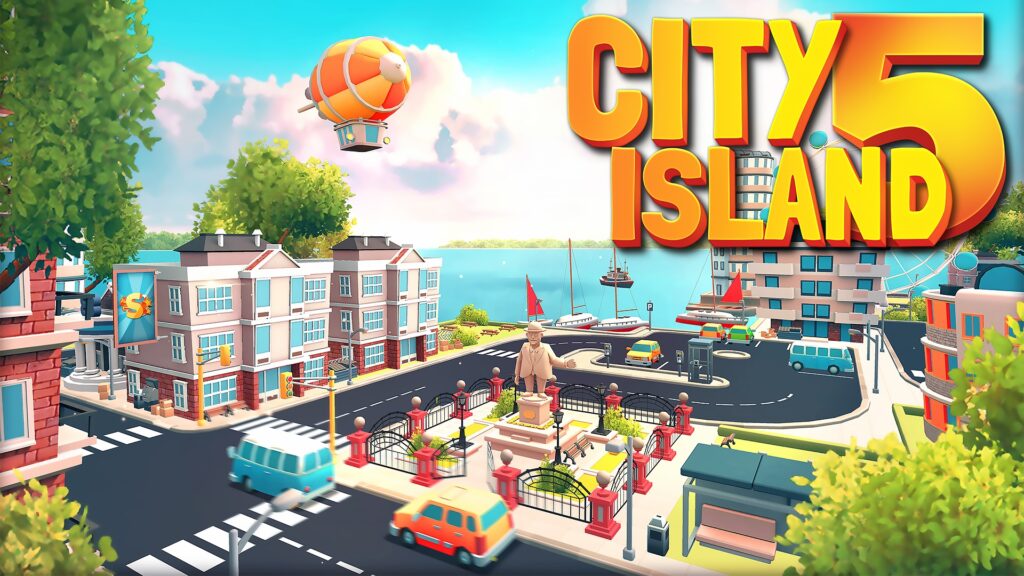City-building simulation games have been popular since the release of Sim City in 1989. They allow players to design and manage virtual cities, test their analytical skills and be creative. The games are categorised as simulation, strategy, or sandbox depending on their objectives. Players must manage budgets, infrastructure, city services, zoning, land use and citizen happiness. They offer several benefits such as improving analytical and critical thinking skills, developing time management, and learning about urban dynamics. Developers continue to use technology for more immersive experiences in line with real-world trends toward sustainable cities.
Exploring the World of City-Building Simulation Games
Introduction
City-building simulation games or simply city-building games have been one of the most popular genres of video games since the late 1980s. These games provide players with the exciting opportunity to build and manage their own virtual cities, managing budgets, resources, infrastructure, and engagement with the various elements involved in urban planning.
City-building games are an excellent way to test one’s game play skills, analytical abilities, and creative flair. They are particularly appealing to those who aspire for a career in urban planning, architecture or construction industries, graphic designers and those interested in a career in public administration.
The Origin of City-Building Games
City-building games have evolved significantly since the first Sim City game was released in 1989. Will Wright, the creator of the game, is credited with establishing the city-building simulation game genre. In this game, players had the opportunity to design, build and manage their own virtual cities. The game was an instant success and inspired other city-building games like Caesar, Theme Park, and Civilization.
Categorization of City-Building Games
City-building games are categorized based on several factors, such as their level of complexity, the design element, and the type of tools that players have at their disposal. The most common categories include:
- Simulation game – these games aim to simulate real-world urban development and planning processes. The games are built around economic and social dynamics including infrastructure, public services, and city management.
- Strategy game – these games put players in charge of their own virtual city, requiring them to make strategic decisions to achieve their objectives. Examples of strategy games include the Civilization series and Rise of Nations.
- Sandbox game – in these games, players have no set objectives to achieve, and they are free to explore and experiment with different elements of town planning and construction.
The Elements of City-Building Games
City-building games are complex and multifaceted, and usually involve several elements that require attention and management. Players are often required to manage budgets, build and maintain infrastructure, city services such as healthcare, fire, and police departments, zoning, and land use planning. They also need to ensure the sustainability of the environment within the city and the happiness of its residents. The degree of complexity tends to vary depending on the level of the game.
The Advantages of Playing City-Building Games
City-building games offer several advantages, including:
- Improving analytical and critical thinking skills.
- Developing time management and budgeting skills.
- Enhancing creativity and problem-solving abilities.
- Learning about urban dynamics, including social, economic, and environmental aspects.
Players can also use the knowledge gained from playing city-building games to supplement their studies or work in various fields, including urban planning, architecture, and construction.
The Future of City-Building Games
City-building games have come a long way since the first Sim City game in 1989. Developers continue to create more sophisticated and realistic simulation games and incorporate new technologies that allow for more immersive gameplay. Some city-building games, including Anno 1800, are incorporating themes of sustainability and environmental impact in their gameplay, reflecting the growing awareness of the need for sustainable cities around the world.
Conclusion
City-building games are an exciting and engaging way to learn about urban planning, design, and management. These games appeal to a wide range of audiences and offer many benefits, including cognitive skill development and gaining knowledge about urban dynamics. The future of city-building games looks promising, with developers leveraging technology to deliver more immersive and relevant gaming experiences that reflect real-world urban development trends.
